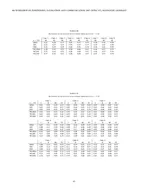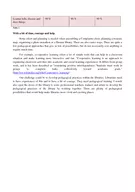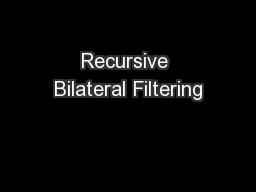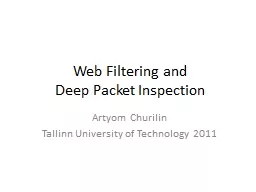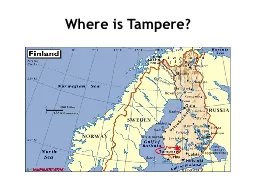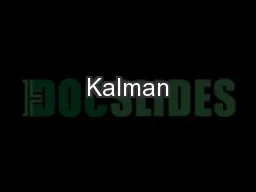PDF-Robust Extended Kalman Filtering in Hybrid Positioning Applications Tommi PER AL A and
Author : conchita-marotz | Published Date : 2014-12-15
perala robertpichetut Abstract The Kalman 64257lter and its extensions has been widely studied and applied in positioning in part because its low computational complexity
Presentation Embed Code
Download Presentation
Download Presentation The PPT/PDF document "Robust Extended Kalman Filtering in Hybr..." is the property of its rightful owner. Permission is granted to download and print the materials on this website for personal, non-commercial use only, and to display it on your personal computer provided you do not modify the materials and that you retain all copyright notices contained in the materials. By downloading content from our website, you accept the terms of this agreement.
Robust Extended Kalman Filtering in Hybrid Positioning Applications Tommi PER AL A and: Transcript
Download Rules Of Document
"Robust Extended Kalman Filtering in Hybrid Positioning Applications Tommi PER AL A and"The content belongs to its owner. You may download and print it for personal use, without modification, and keep all copyright notices. By downloading, you agree to these terms.
Related Documents

